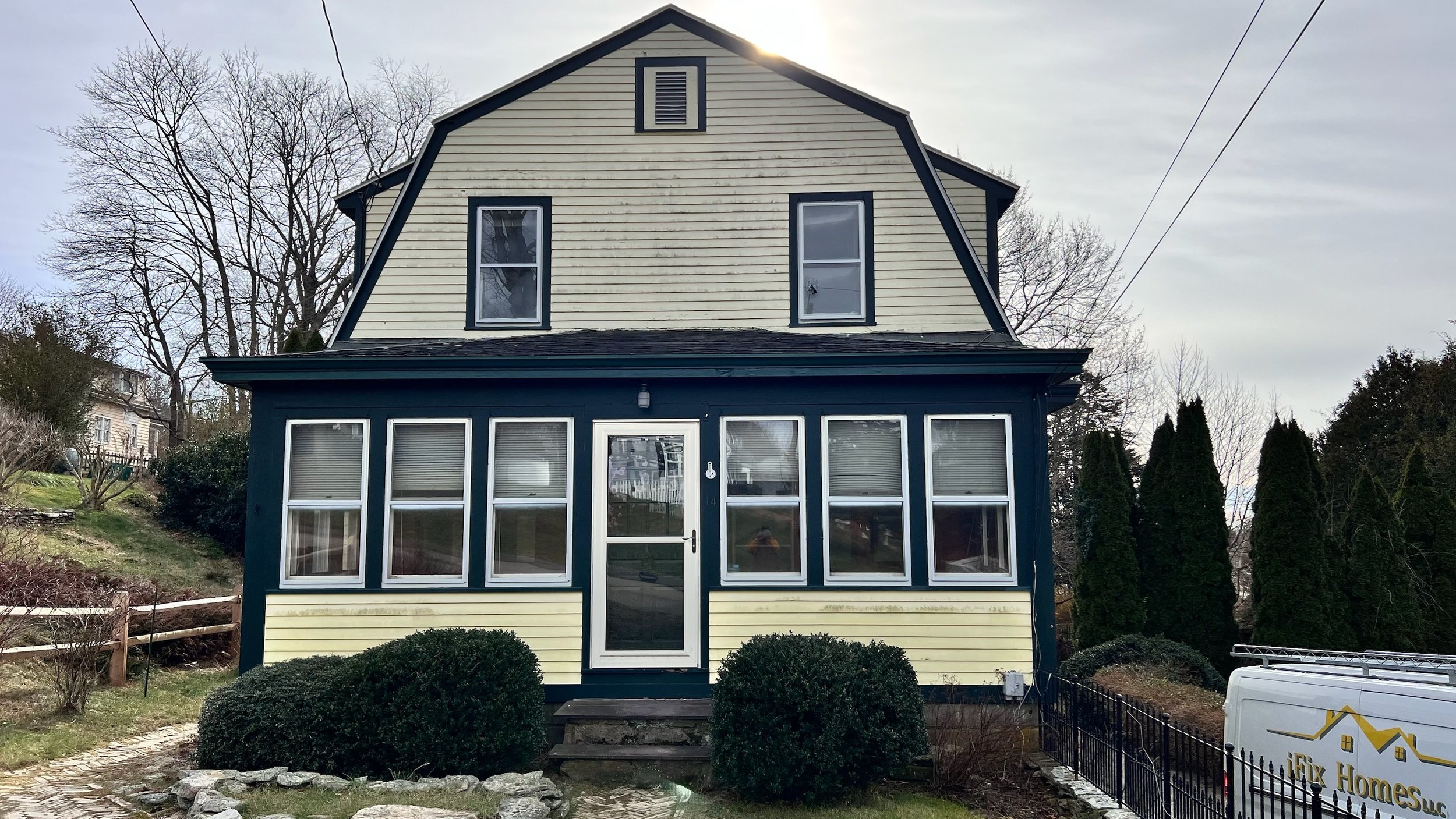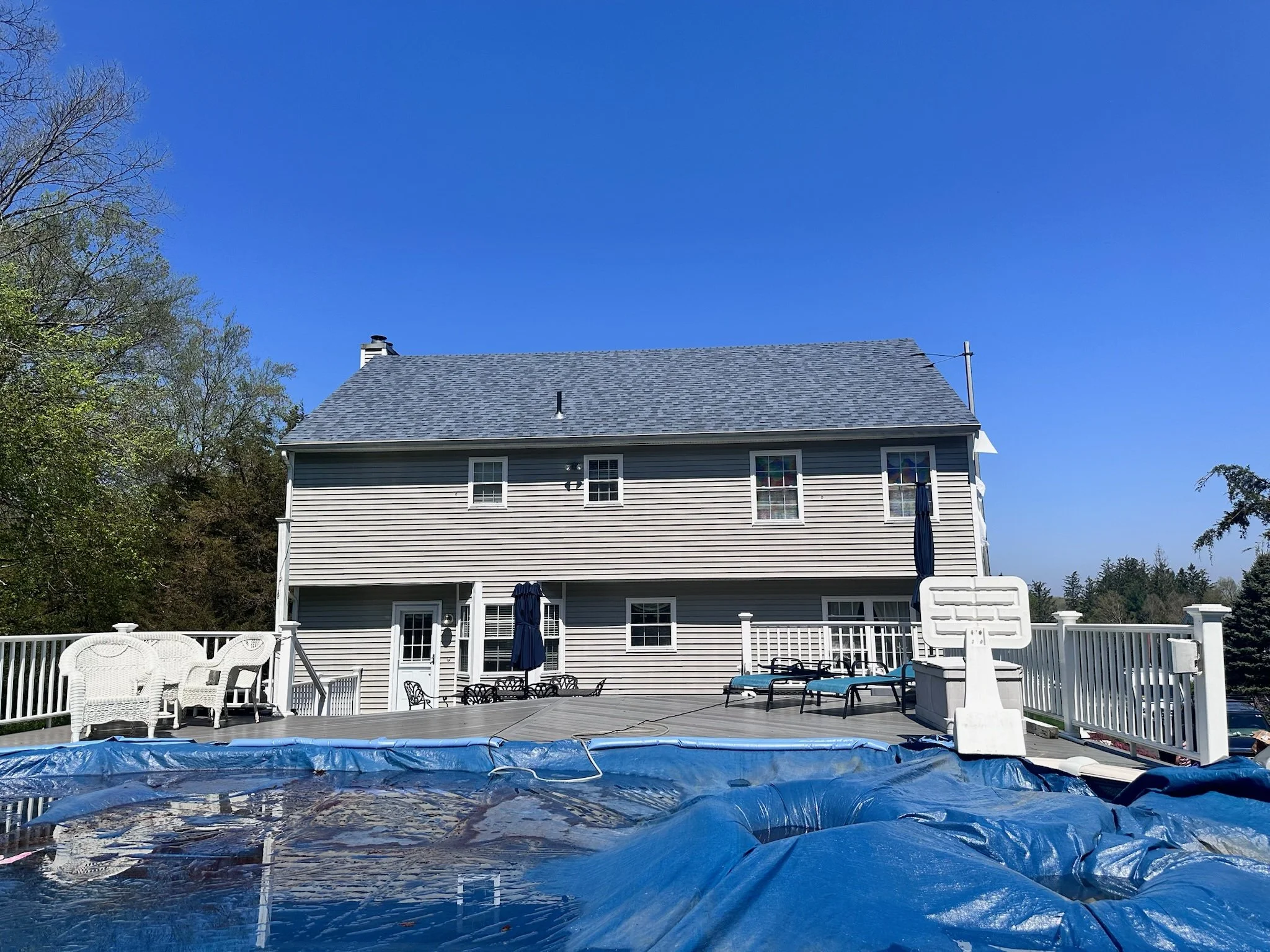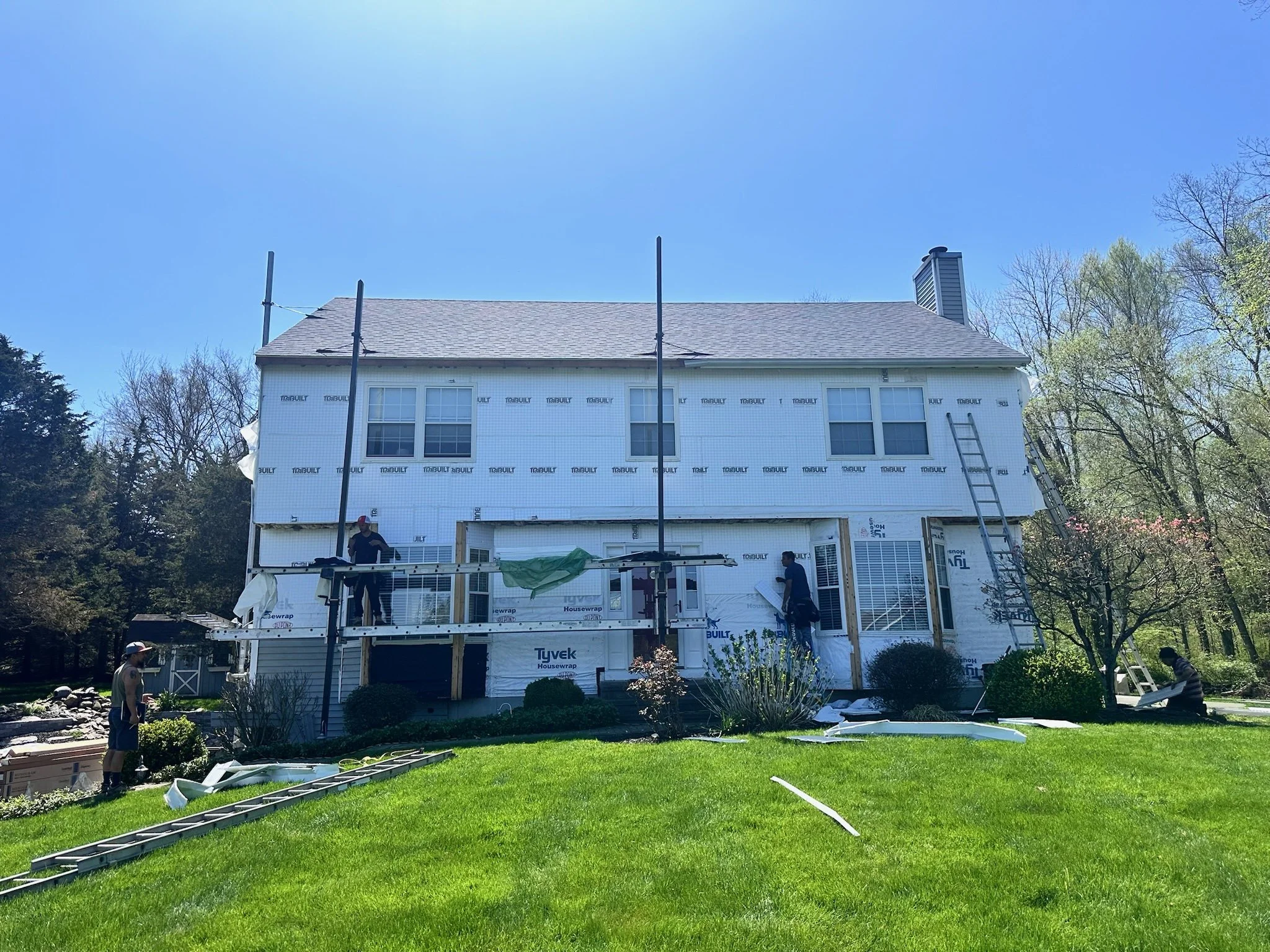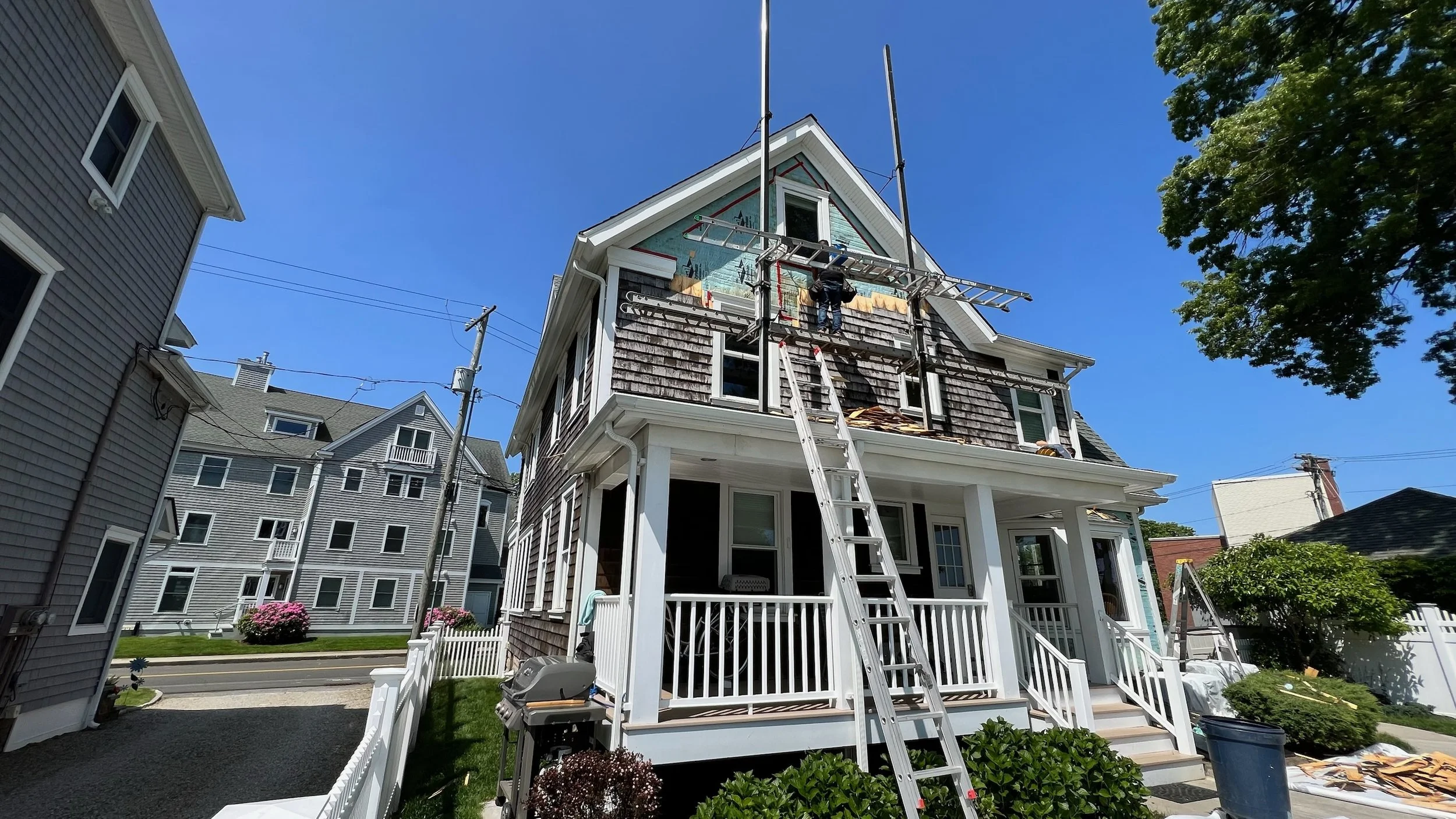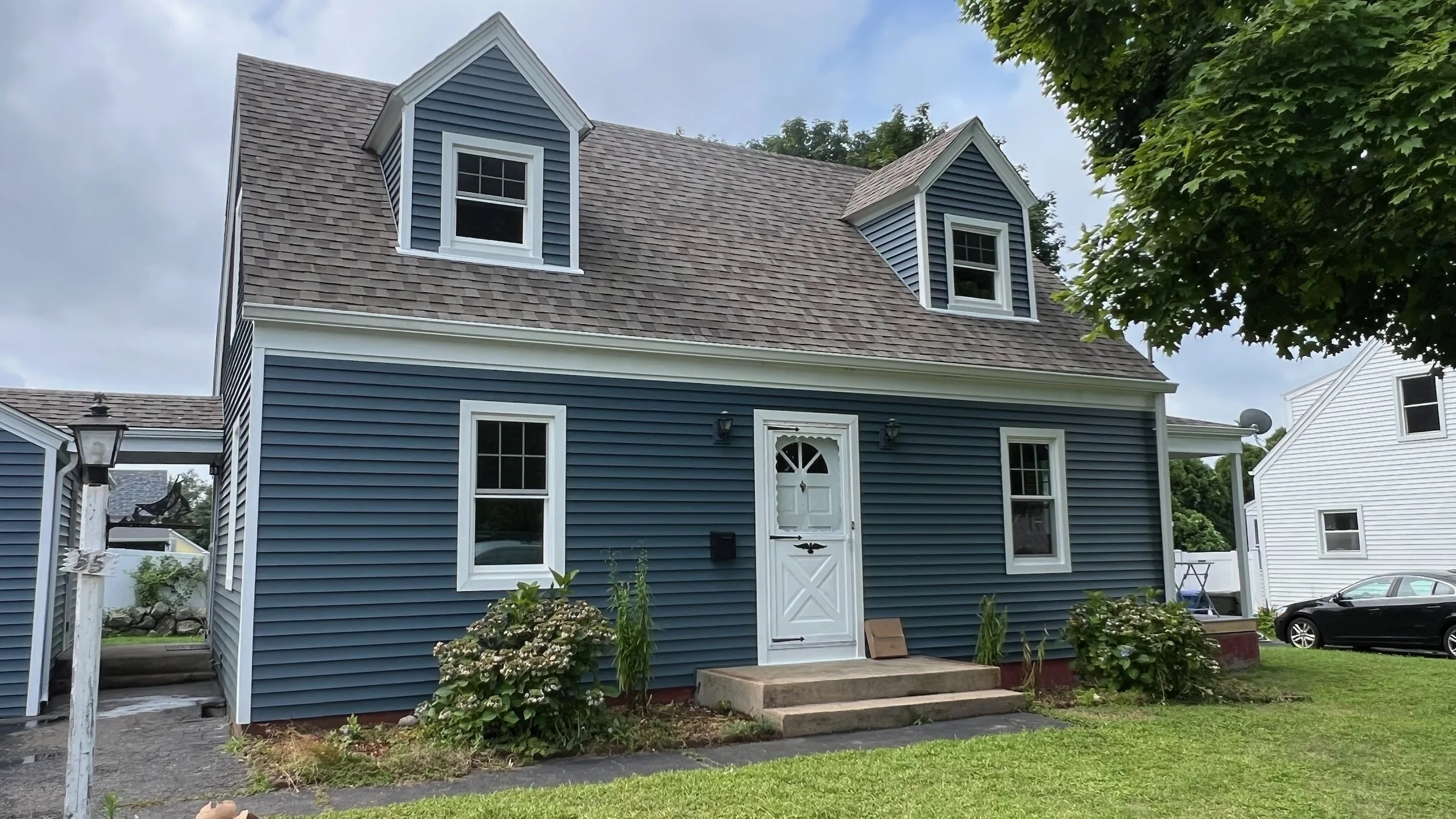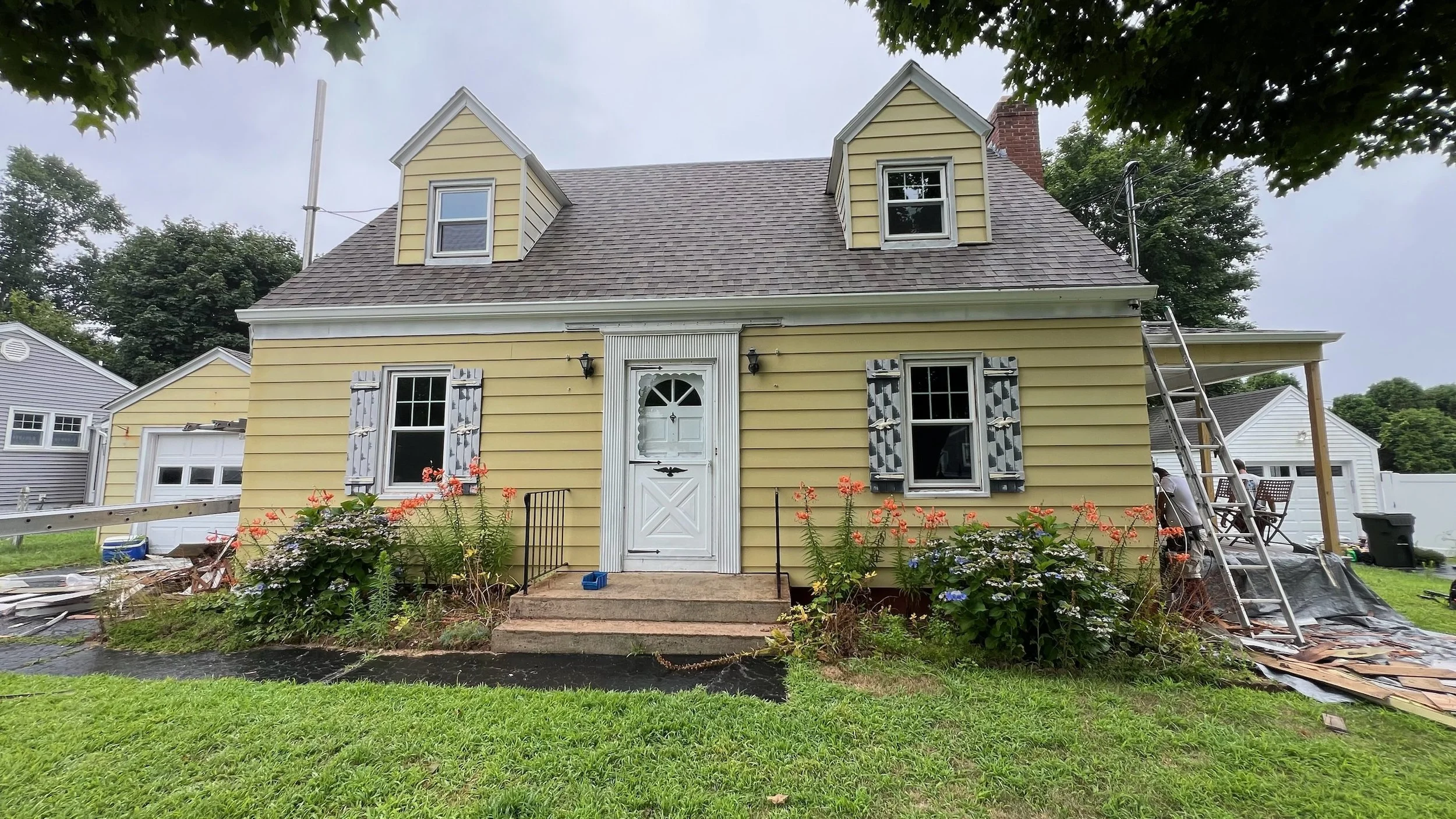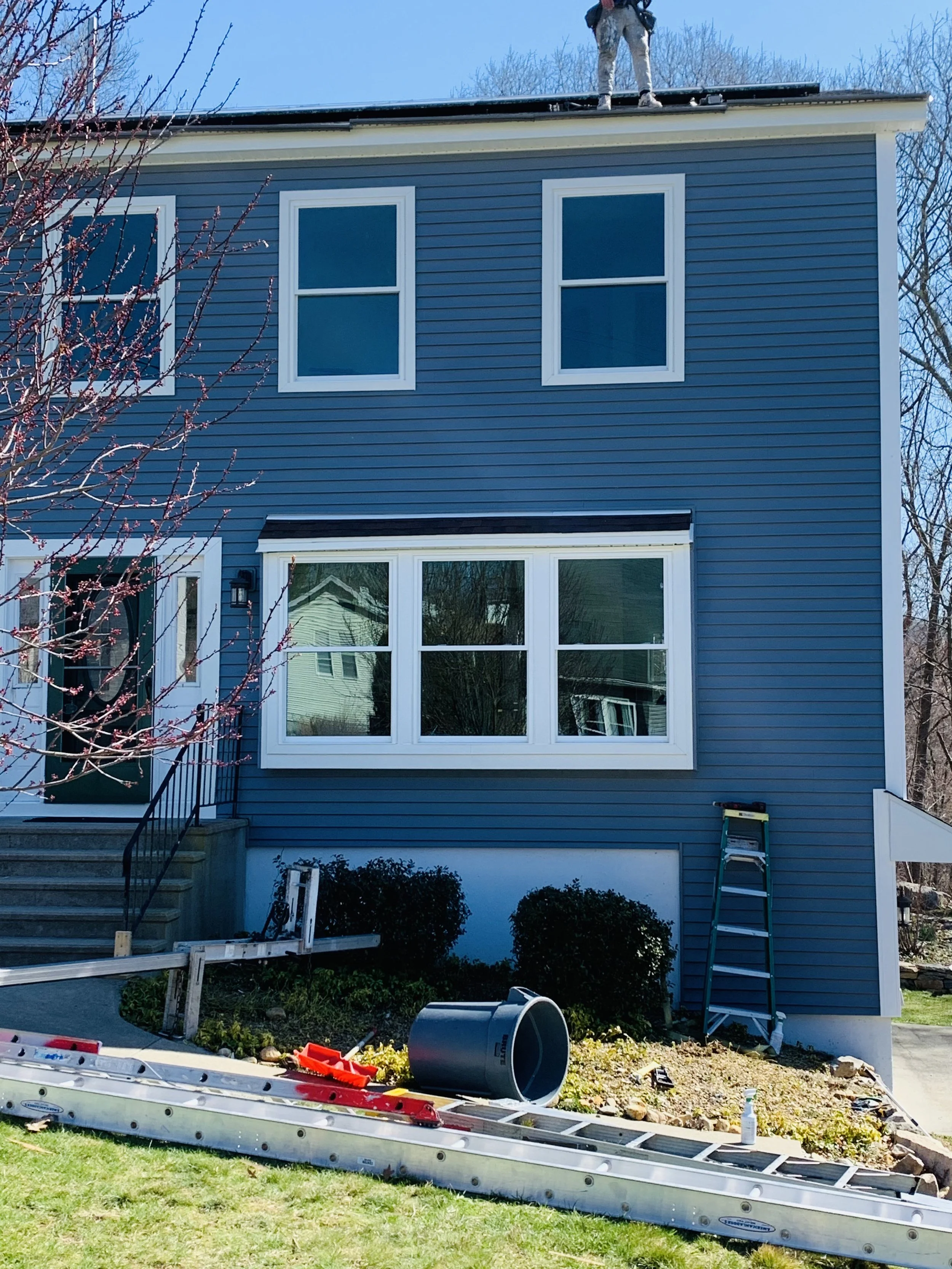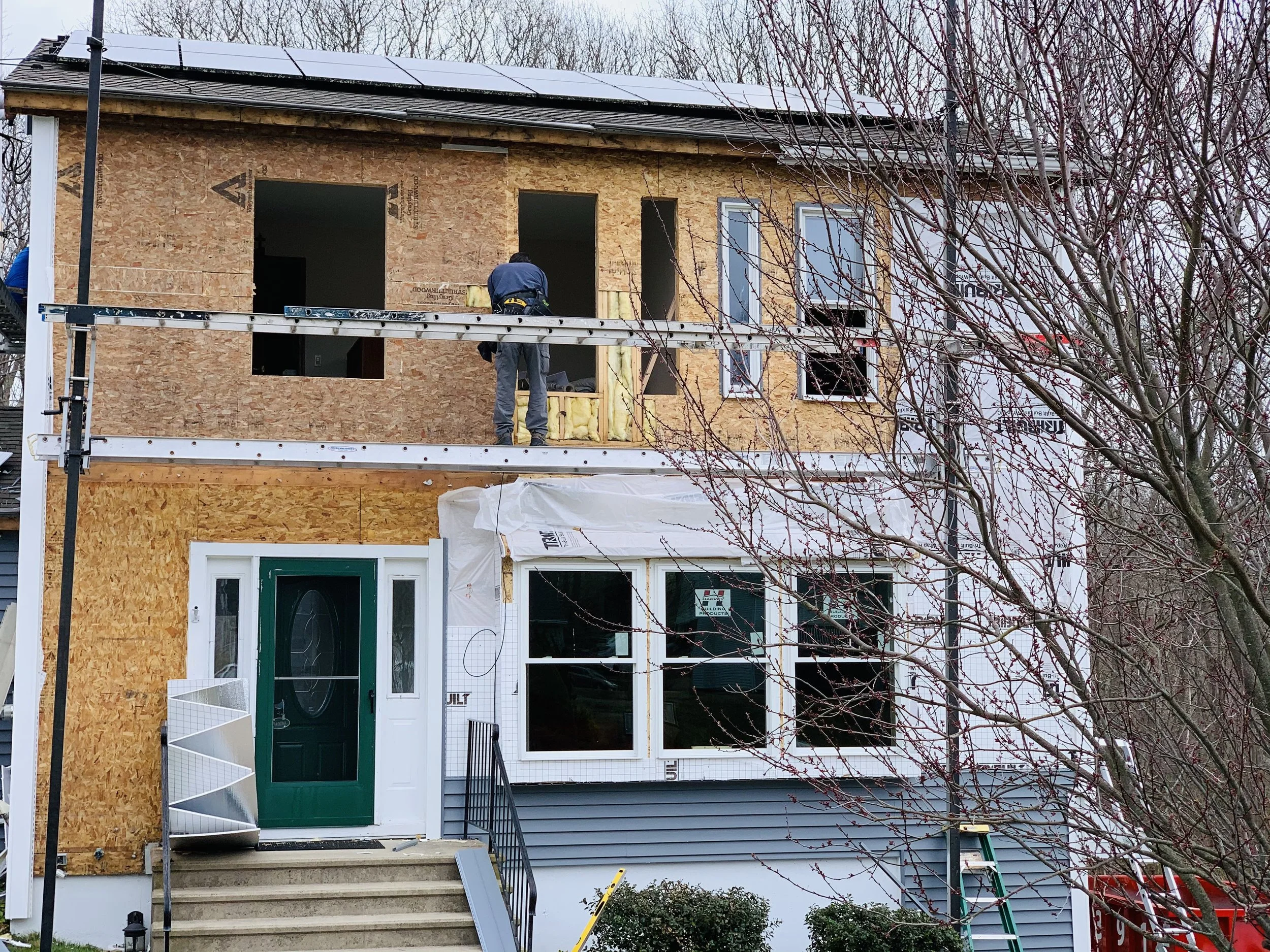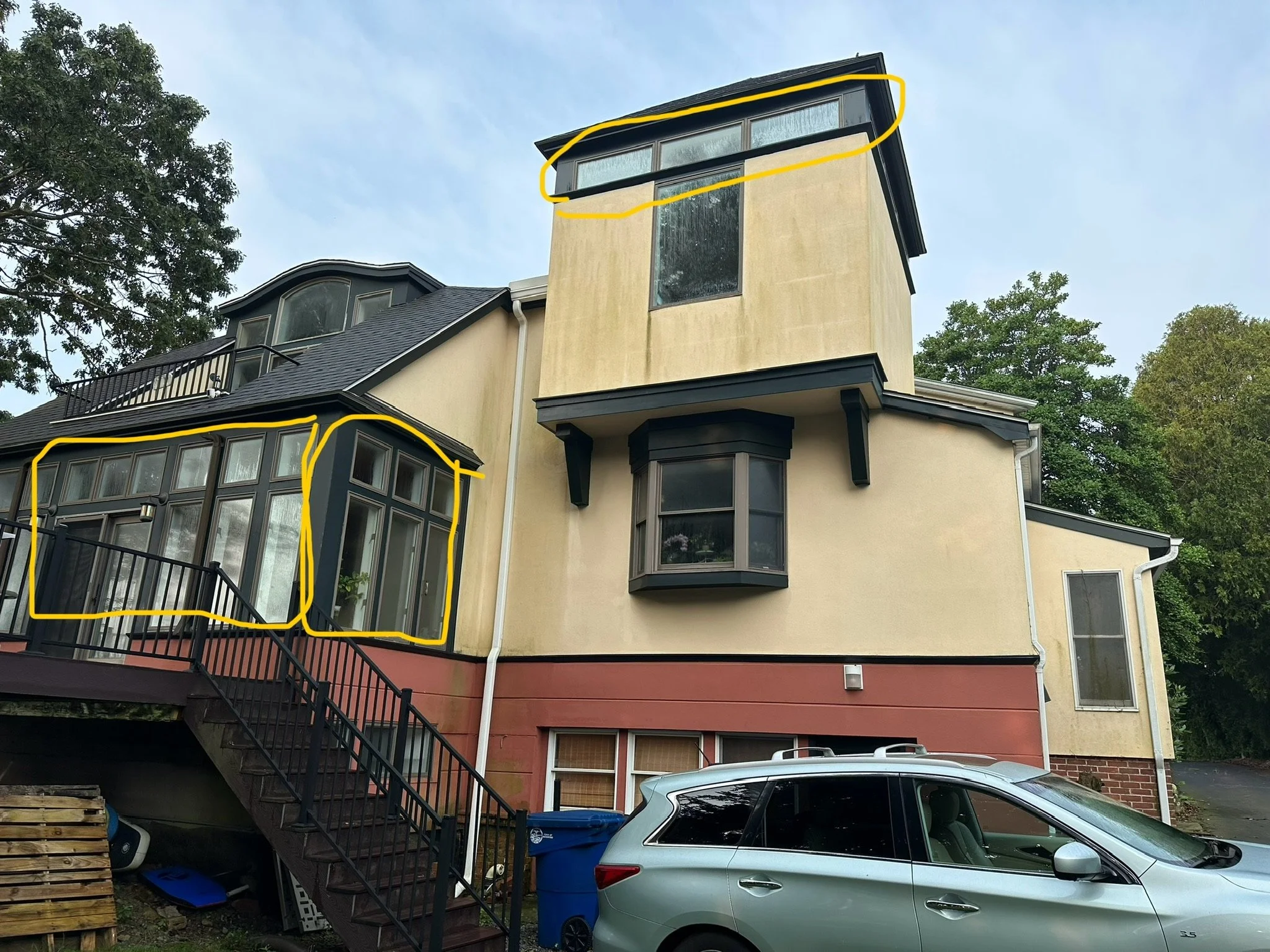Siding
-
The exact cost for your project will depend on the specifics of your installation. Multiple factors impact pricing, including:
Home Size and Shape: The more square footage and stories your home has, the more siding it’ll need.
Material Choice: Vinyl siding is less expensive than wood or fiber cement siding, but has a different aesthetic. Wood siding is generally more expensive than fiber cement or vinyl options, and it also requires more ongoing maintenance costs.
Season: Summer is usually a busy season for siding replacements. You may get a lower cost estimate with an off-season siding project, but there’s also a greater possibility of facing inclement weather.
Existing Siding: The cost to remove your current siding can impact your estimate, as can any structural damage underneath your current siding. Some older homes may require lead paint abatement.
Home Location: The cost of materials, labor, permits and compliance with building codes varies between locations.
-
Vinyl or Fiber Cement Siding?
Vinyl siding is installed in panels, which create larger, more visible seams. Fiber cement siding provides deep shadow lines and a wood-grain texture with seams that are less visible. No caulk or clips are necessary. Fiber cement siding is up to five times thicker than vinyl siding.
Vinyl siding is vulnerable to melting caused by flame, grills and solar heat reflected. Fiber cement siding is fire-resistant and won’t contribute fuel to a fire or ignite when exposed to a direct flame.
Vinyl is more susceptible to damage from hail, as it could potentially crack as a result of extreme temperature changes. Fiber cement better stands up to freezing temperatures and hail.
While vinyl can fade or discolor faster than fiber cement, it can still last about 20 to 30 years. Fiber cement siding provides better long-term color performance with superior resistance to fading, chipping and cracking. Fiber cement siding can last about 30 to 50 years.
Vinyl siding is roughly 1/3 of the cost of fiber cement siding. Vinyl siding is a favorable option for homeowners looking to upgrade their home at a lower cost.
-
Improve the appearance of your home for your own personal enjoyment
Increase the market value of your home if you plan on selling soon
Help increase your home’s durability and resistance to damage caused by fire, water and pests
Contribute to lower insurance costs
Roofing
-
Your roofing investment is determined by the size of the roof, the price of the materials required to complete the roof installation, the complexity of the job and the location of your home.
-
We will be with you during your entire project from start-to-finish. Your products will be custom-ordered as soon as you make your purchase, and we’ll let you know your installation timeline. While your product is being prepared, we will pull any permits necessary for your project. Once your materials are ready and the permit is pulled, we will schedule your installation. Once the job is complete, we will haul away any materials and debris. We will ensure you’re pleased with the completed project.
-
If your project is in relation to an insurance claim, please note this during the consultation. Filing the claim is the customer’s responsibility.
Remove items hanging on interior walls, as vibrations from the project may cause hanging items to fall. If an antenna or satellite dish must be removed for the project, ensure a handyperson or satellite provider is scheduled to reset the equipment after the project is complete. Ensure the space around and below the work area is accessible and clear of all debris.
You’ll also want to relocate vehicles and have a plan for kids and pets, as certain areas of the home and yard will be off limits during installation.
During the installation, keep doors and windows closed to keep out dust and debris. Be sure to cover belongings in the attic.


